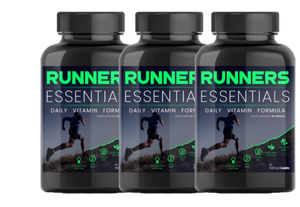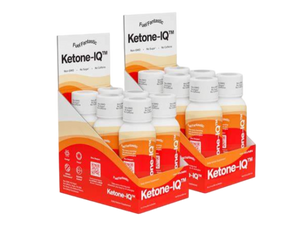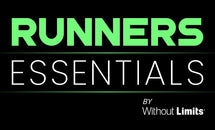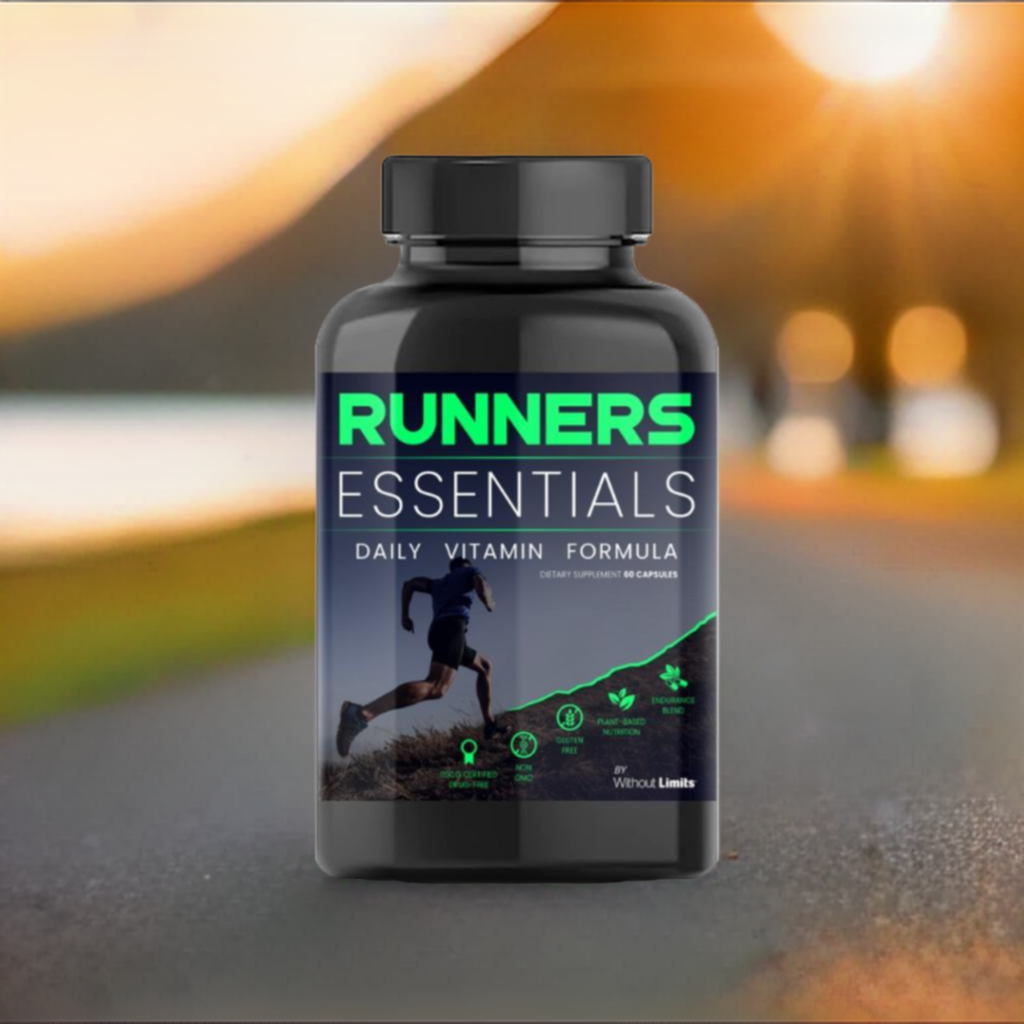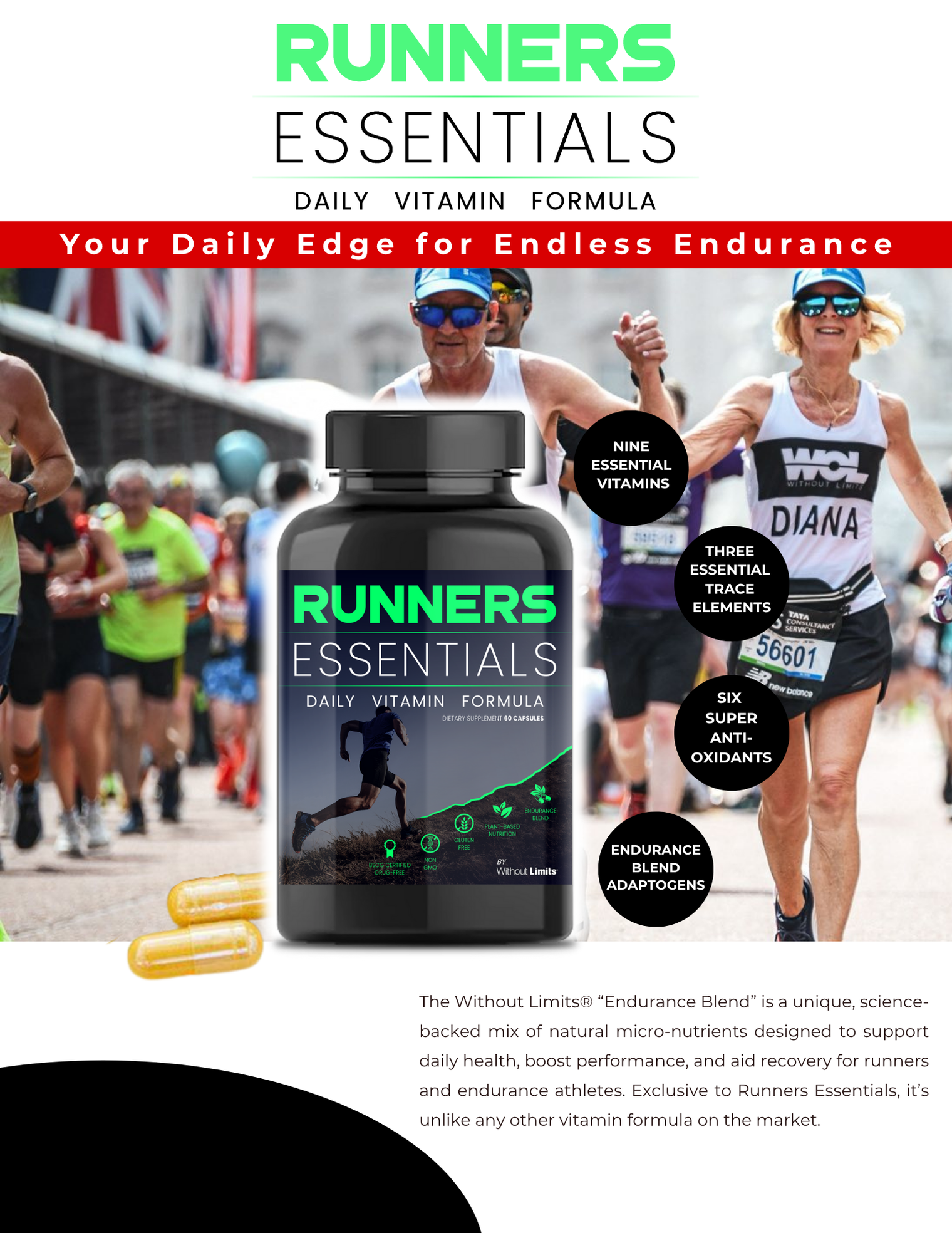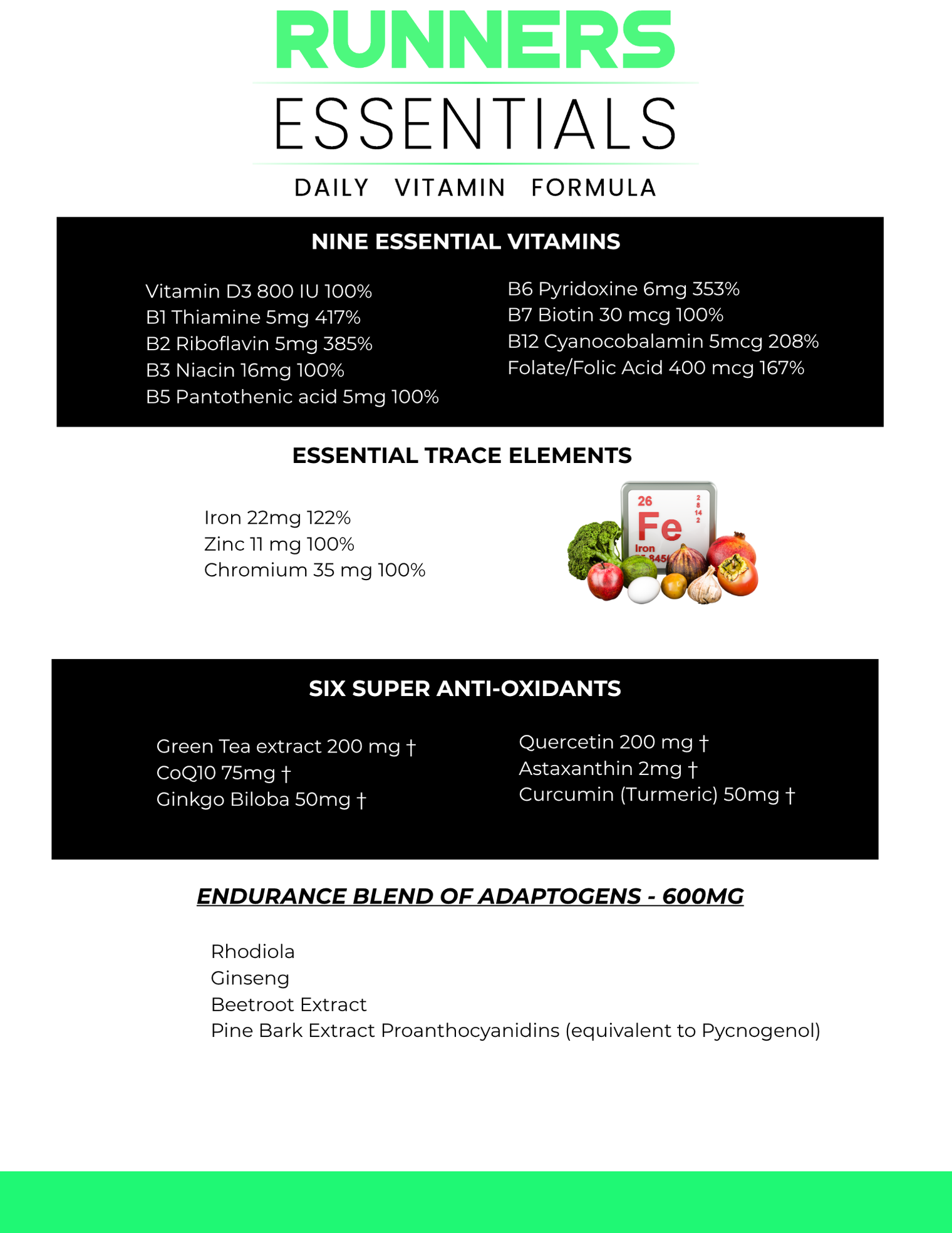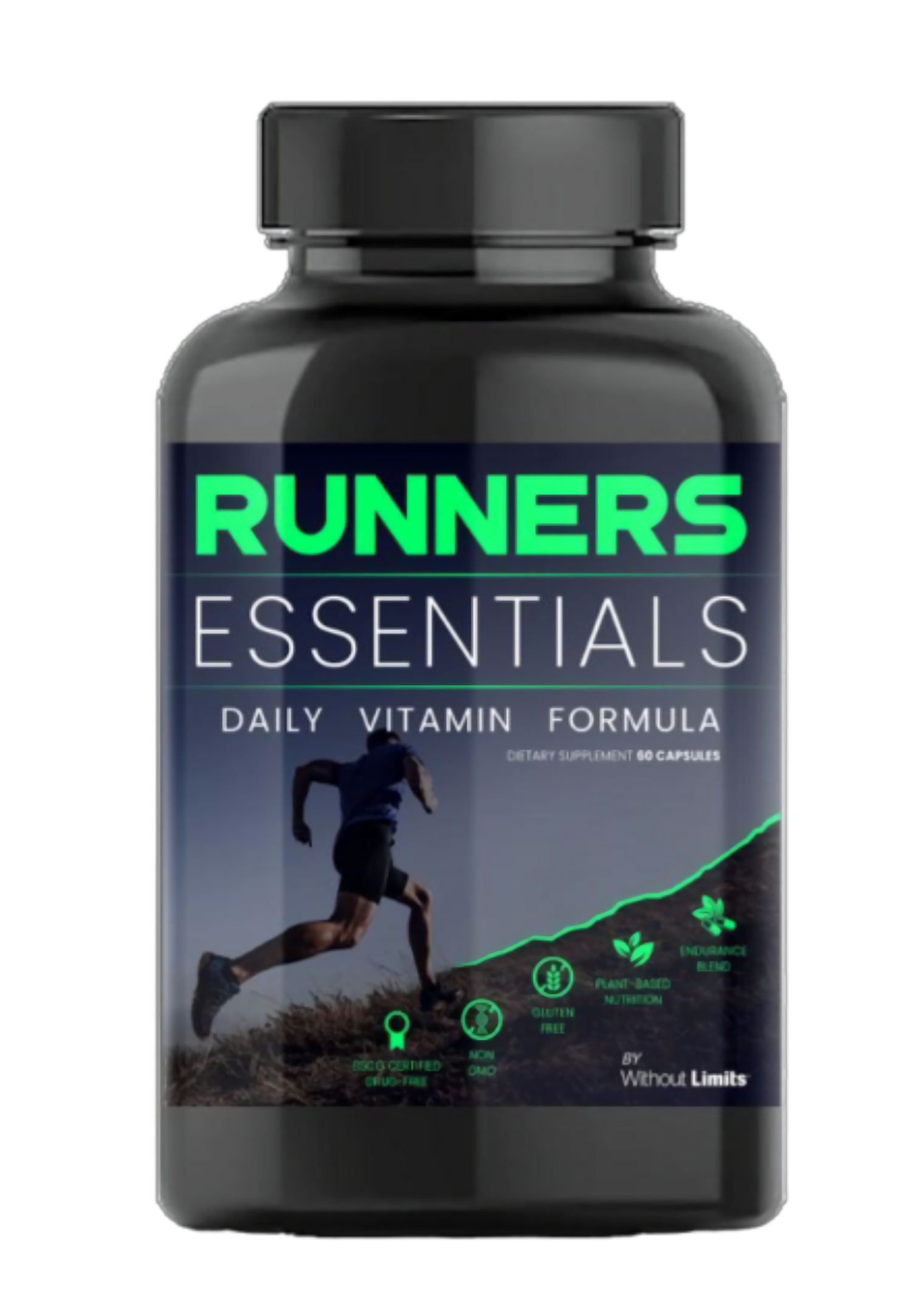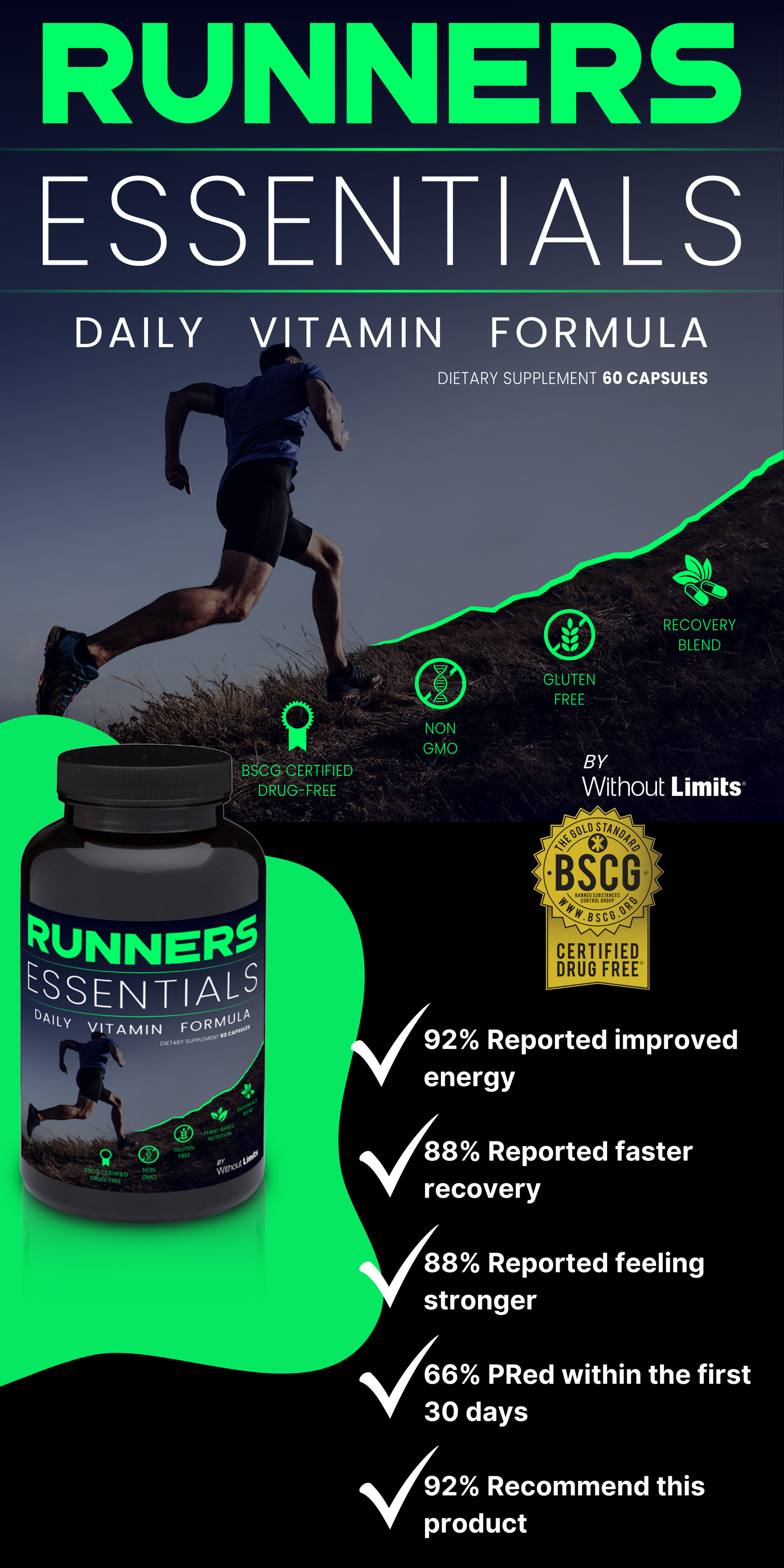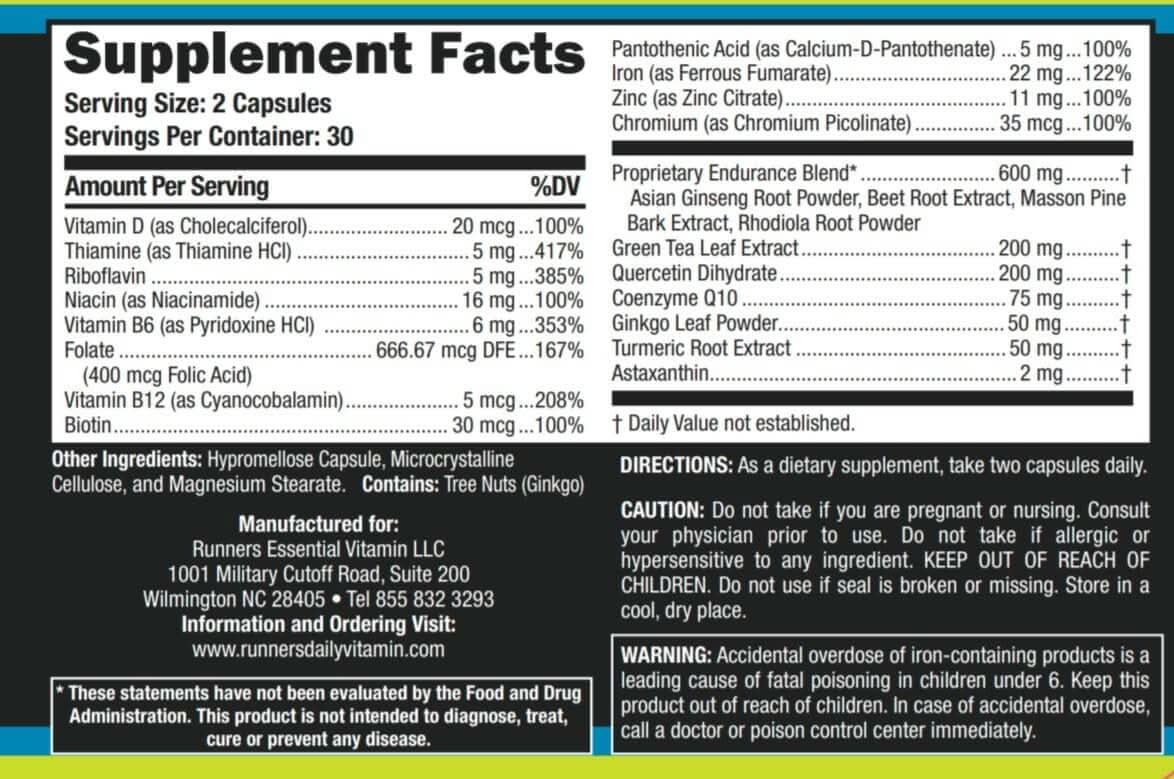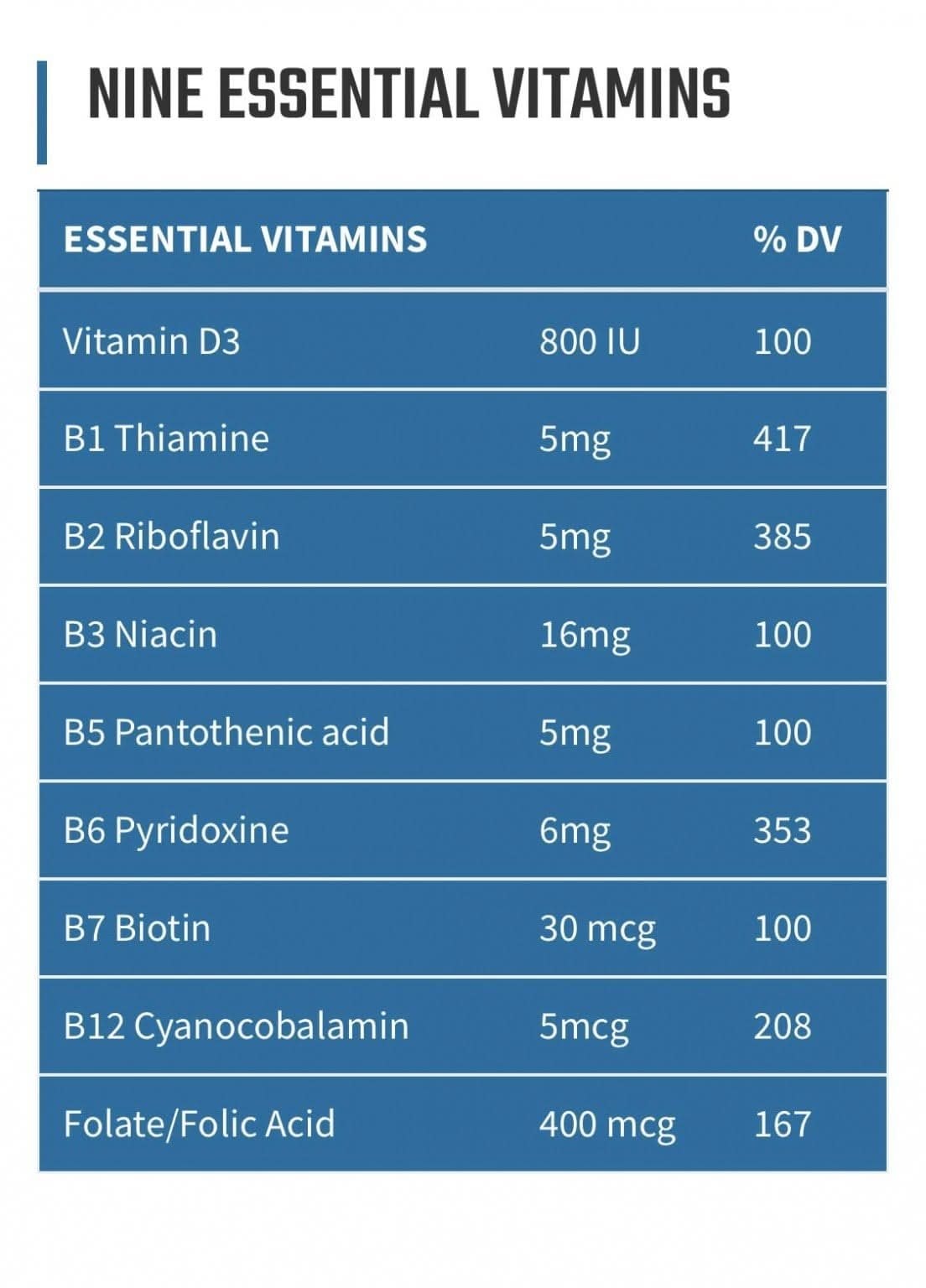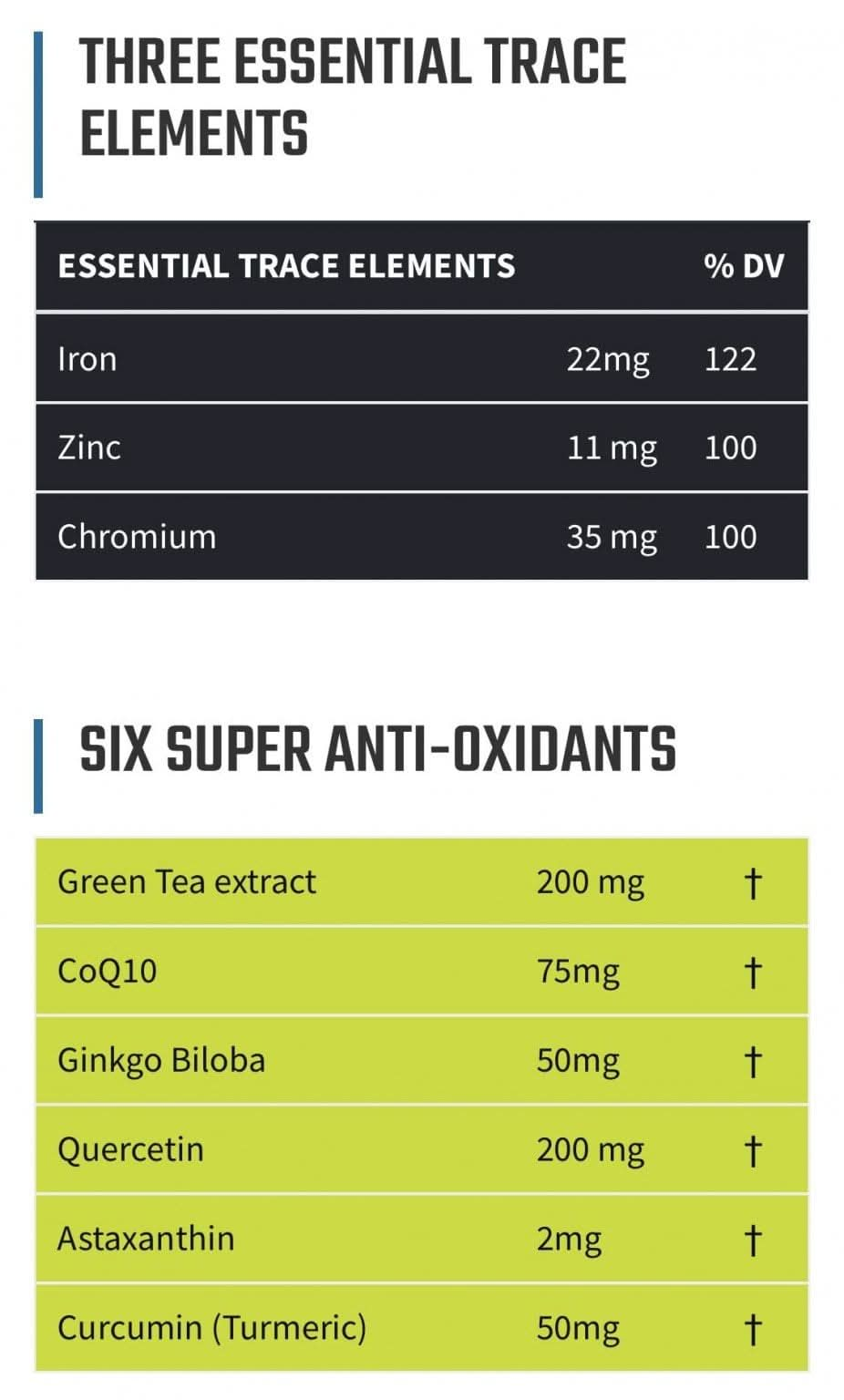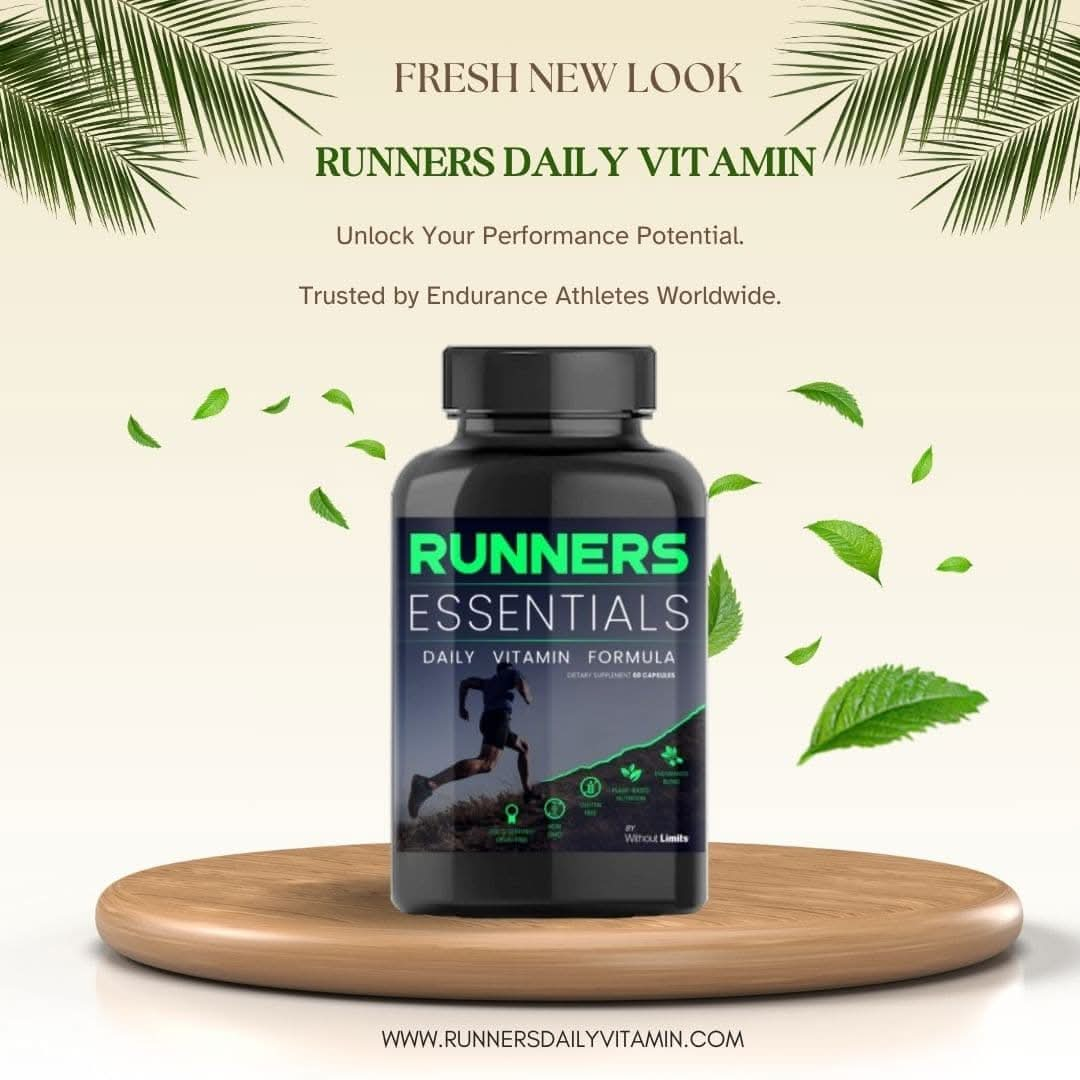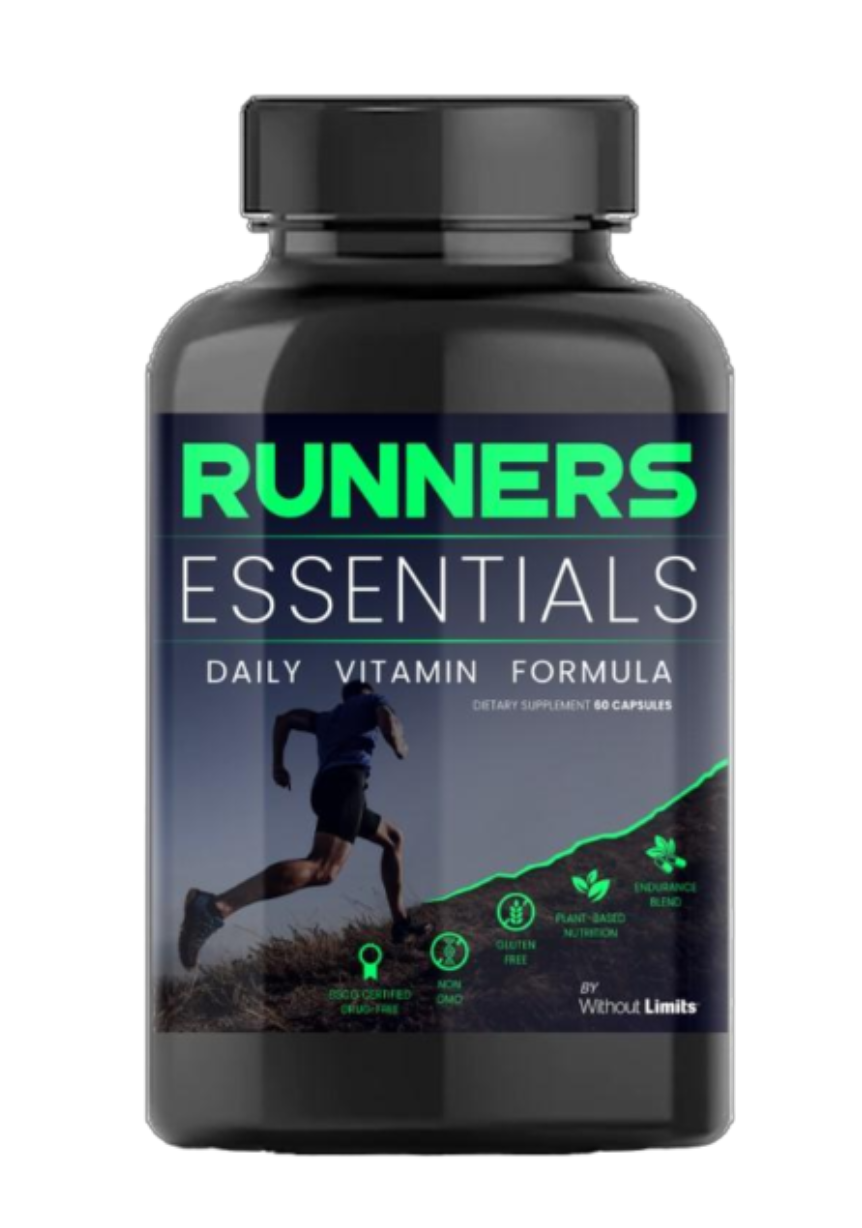Alex Hutchinson •
New research explores why you go slower and feel worse, even though you’re pushing as hard as usual.
This will go down as the Year of the Solo Running: Michael Wardian running around the block for two and a half days in the Quarantine Backyard Ultra; every cyclist in the world sweating on Zwift; every runner running solo miles in the era of COVID-19. Going solo, as you’ve probably already discovered, is different from doing it with friends, in a pack, or in a giant mass-participation race. Some of the differences are obvious and quantifiable, like the lack of drafting, but some are more subtle.
As it happens, a conveniently timed study from earlier this year in the International Journal of Sports Physiology and Performance offers some interesting insights into the psychology of the time trial. In particular, the study zeroes in on the role of affective feelings, which basically means how much pleasure or displeasure you’re experiencing. It’s a complex topic that’s hard to nail down in simple terms, but the data tells a compelling story about why it’s important.
The study comes from a Brazilian group led by Everton do Carmo of the University of São Paulo, working also with Andrew Renfree of the University of Worcester in Britain. They recruited 14 male runners to complete a pair of 10K races: one alone on the track, and the other (at least a week before or after) competing against all the other runners in the study. Not surprisingly, the runners were faster in the group race, with an average time of 39:32 compared to 40:28.
This is not a novel result: plenty of previous studies have found that competition allows you to go faster, and we intuitively understand that the presence of competitors (and perhaps of a crowd) somehow allows us to push harder. But what does that really mean? Attempts to understand the psychology of endurance usually focus on the subjective sense of perceived exertion, which incorporates both physiological (breathing rate, lactate levels, etc.) and mental cues.
Take a look at the data on ratings of perceived exertion (RPE, on a scale of 6 to 20) during the two 10K races. For both the solo time trial (TT) and the head-to-head (HTH) race, RPE climbs in a more or less straight line approaching the maximum value at the finish:

(Courtesy International Journal of Sports Physiology and Performance)
This, again, is a textbook result. That’s how we pace ourselves, running at a perceived effort that steadily increases throughout the race, at a rate (based on prior experience) that will hit max right around the finish line. It’s like the classic John L. Parker, Jr. quote from Once a Runner, about how a runner rations energy during a race: “He wants to be broke at precisely the moment he no longer needs his coin.”
What’s notable is that the two RPE lines (for TT and HTH) are pretty much right on top of each other. Even though the runners are moving faster in the group race, it doesn’t feel as though they’re trying harder. Their pacing pattern—fast start, slower middle, accelerate at the end—was also the same in both races. So there has to be something else that distinguishes the subjective experience of solo efforts and group races.
The other psychological data collected by the researchers each lap was affective feelings, on a scale of -5 (displeasure/negative) to +5 (pleasure/positive). And here there’s a very distinct pattern: the solo trialists feel increasingly negative as the race progresses, while the racers stay at a relatively stable level.

There are numerous explanations we could offer for why life seems to suck more when you’re trying to push your limits all alone. And they might all be right: the researchers note that there was lots of variation in the individual affective responses, which makes it very hard to generalize. That’s an observation that dates back to some of the early research on affective responses in exercise in the 1980s: there’s a somewhat consistent relationship between perceived effort and how hard your body is working, but affective feelings at a given level of effort are all over the map.
Interestingly, three of the subjects in the study dropped out of the head-to-head race before the finish, while none dropped out of the time trial. At the point where these runners dropped out, their reported effort levels were no different than they were at the same stage of the solo trial, but their affective feelings were actually 3 to 5 points more negative (contrary to the usual pattern of more positive feelings in the group race). That illustrates how widely the affective responses vary, and it also suggests that the runners didn’t drop out because the pace or the effort felt too hard. Instead, they quit because they felt bad.
It’s tricky to put your finger on what “feeling bad” means. One study of affective feelings during exercise described it as “not what, but how one feels.” That means it’s possible for a workout to feel hard and good at the same time—or easy and unpleasant.
In this case, we don’t have any specific information about why these runners felt good or bad at any given moment. One point the Brazilian researchers make is that in a group context, your attention shifts from internal to an external focus. That might give you a feeling of solidarity with the other participants, or a sense of accomplishment that you’re beating at least some of the others. Or, if you’re dropping off the back of the pack, it might make you feel worse. Perhaps that’s what happened to those who dropped out.
As a result, it’s much harder to formulate a general theory for how affective feelings contribute to endurance performance. There have been a few previous studies looking at affective feelings in different contexts, including one by Arturo Casado, a former world-class miler from Spain, that compared group to solo running in interval workouts. The results were similar, but the dynamics are subtly different: in a group workout, the people around you are teammates working together towards a goal instead of competitors trying to beat you. (At least that’s how group workouts are supposed to work).
For now, the key point is simply that these things make a difference. Don’t expect to replicate your best real-world performances alone in the basement. The good news, on the other hand, is that there’s also research showing that even virtual head-to-head competition—racing against a computerized avatar representing your own previous ride—boosts performance. Combine that result with the Brazilian study, and you can’t help wondering if all those enthusiastic Zwifters were right all along: doing it with others, even virtually, increases your pleasure.
RECOMMENDED
-
FOR THE ENDURANCE ATHLETE…SURROUND YOURSELF WITH GREAT PEOPLE FOR GREAT PERFORMANCE
-
The Proven Benefits of Tart Cherry for Endurance Athletes that You Never Imagined
-
What We Miss by Studying Mostly Men
- Be Relentless - Endurance Sports are Not for Those Who Require Instant Gratification
Runners Essentials LONG RUN RECOVERY Nutritional Shake
- A Synergistic Combination of Protein | Branched Chain Amino Acids | Carbohydrates | Antioxidants | Electrolytes | Vitamins and Minerals | Powerful Adaptogenic Micronutrients
- Proprietary Formula Based on Real Science to Optimize Long Run Recovery
- Physician, Elite Athlete, and Nutritionist Formulated
- BSCG Certified Drug Free® | Non GMO | Gluten Free
- Single Serving Tear Open Packets Dissolvable in 16 oz. of Water | No Messy Jars or Scoops
More stories
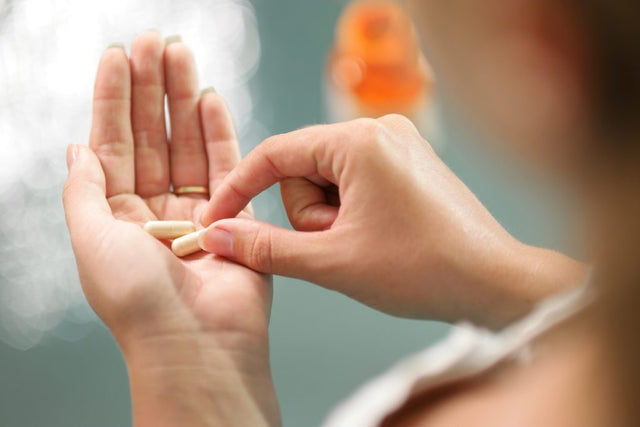
Do Vitamins Work?
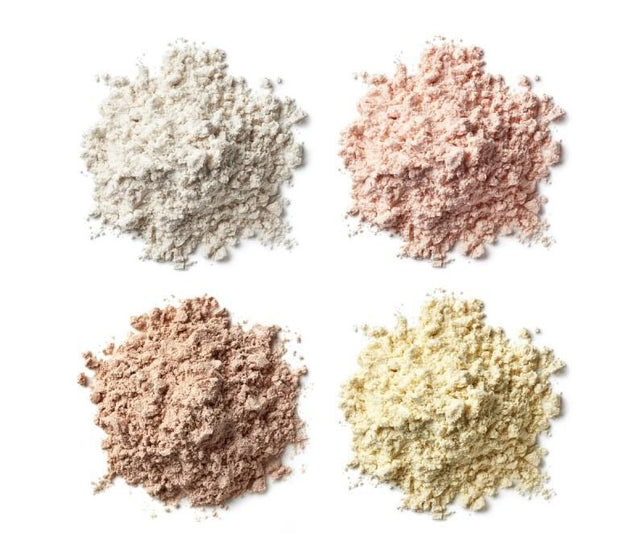
Are All Recovery Shakes Created Equally? Part One: Which Protein? Flora or Fauna
Set It and Forget It! Up to 35% OFF Single Bottle Price with a Subscription + Free Shipping.
A fusion of science, athletics, and nutrition that maintains an unwavering commitment to quality, content, and purpose. Our daily proprietary formula blends essential vitamins, potent antioxidants, and energy-boosting adaptogens.
Physician, Elite Athlete and Nutritionist formulated and grounded in real science.
- Manufactured in the USA in a GMP and NSF Certified Facility
- Non-GMO, Gluten Free, BSCG Certified Drug Free
- 22 All-Natural Ingredients with 12 Essential Vitamins and Minerals
- 6 Super Antioxidants and 4 Phytonutrients
- Physician, Elite Athlete and Nutritionist Formulated
